| Vintage Pulp | Dec 26 2023 |

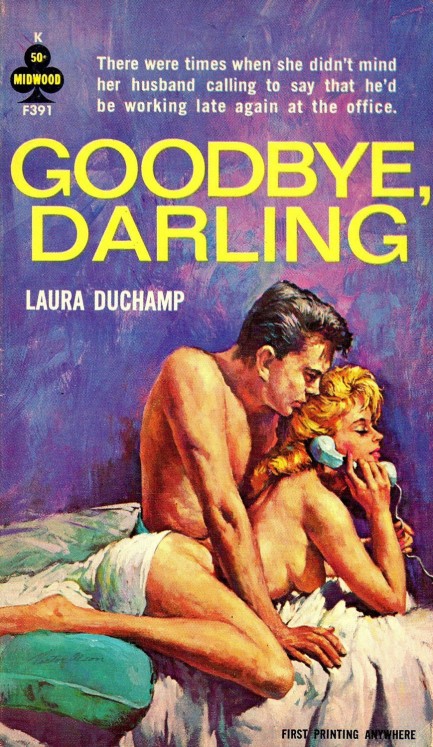
Another day, another ripe Midwood cover. The art on these are always like visual punchlines, which is why people love them so much. This particular effort is from Victor Olson, who painted covers for many men’s magazines, including Saga, Stag, Male and others. Laura Duchamp was a pen name used by author Sally Singer, one of the few sleaze writers who was actually female. She was also prolific as March Hastings. Goodbye, Darling appeared in 1964.
| Vintage Pulp | Jun 1 2023 |

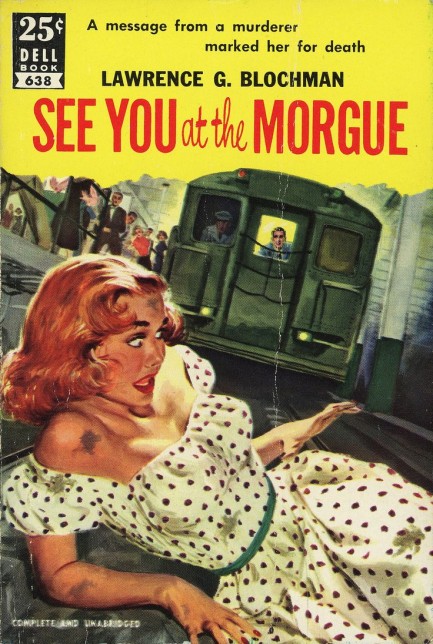
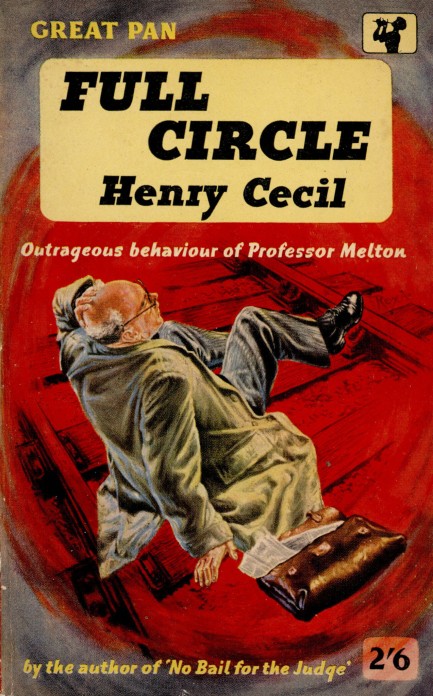
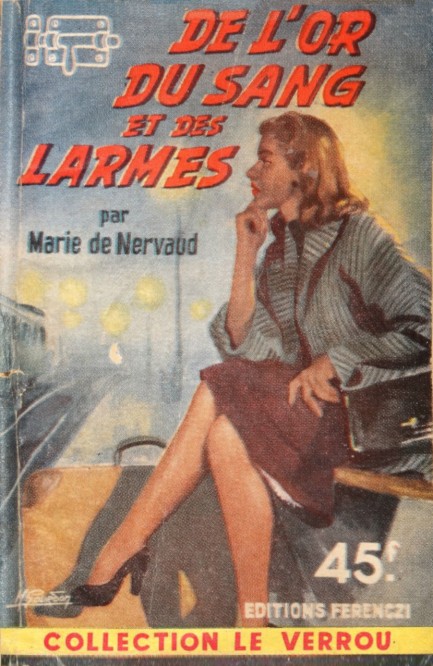
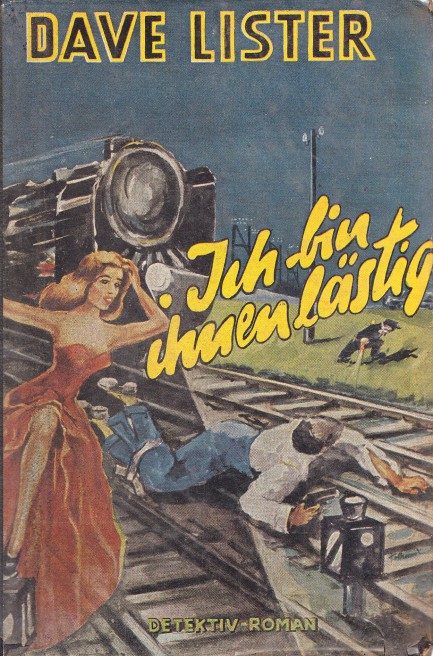
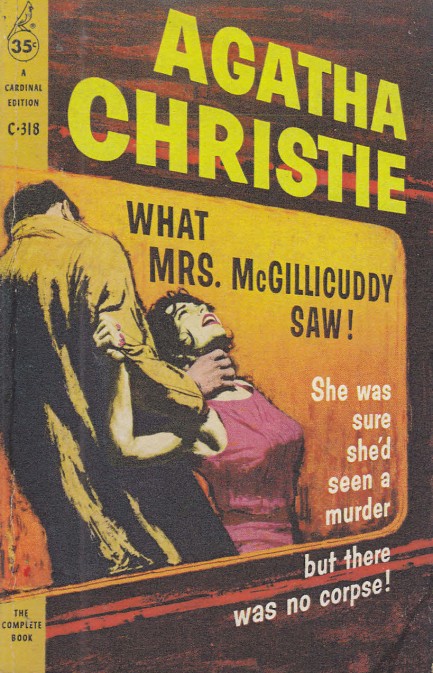
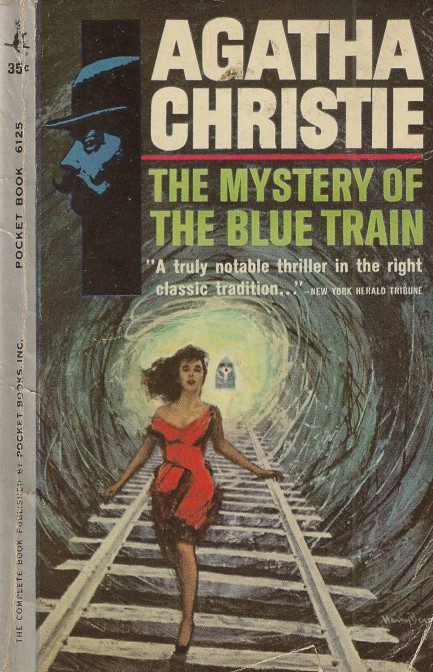
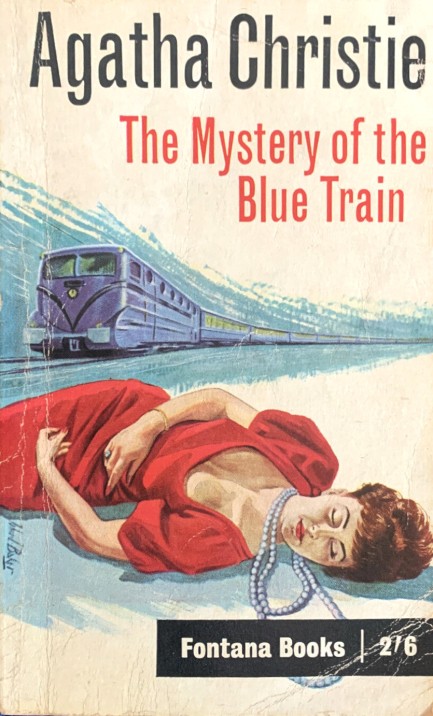

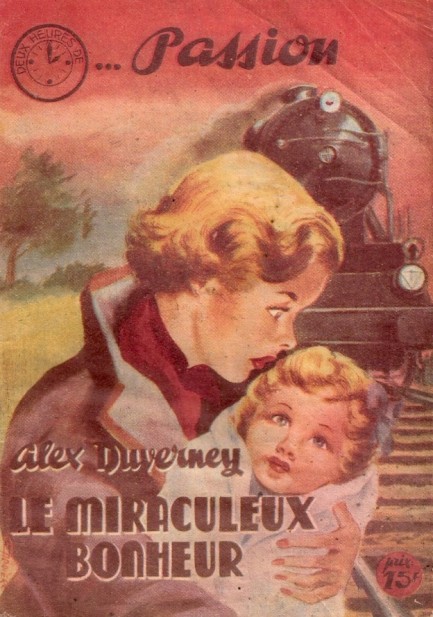
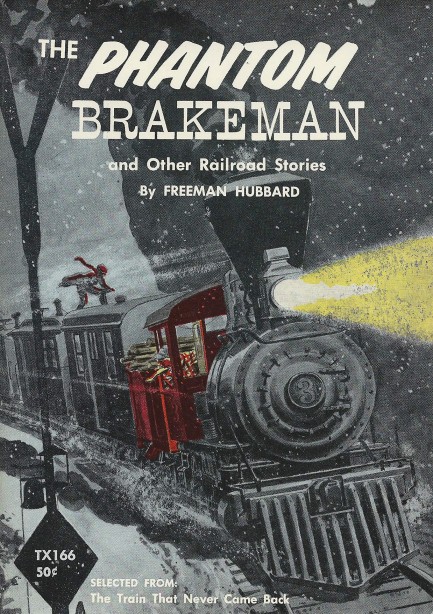
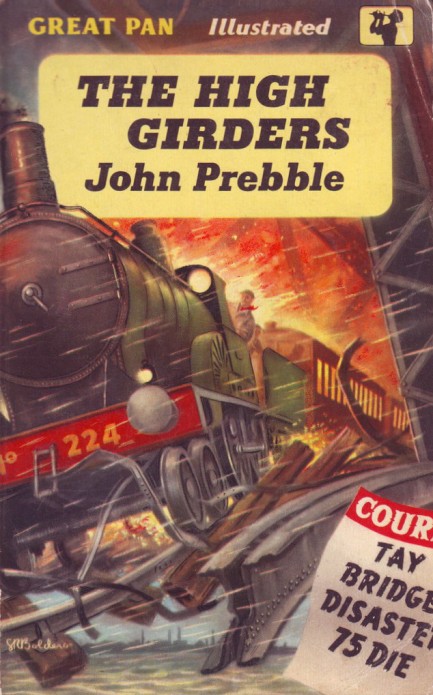
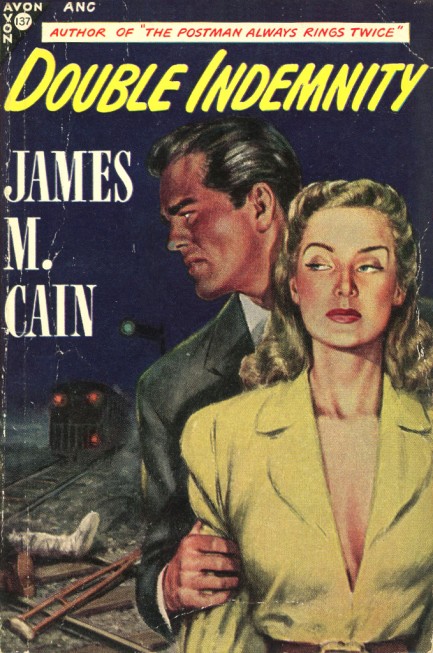
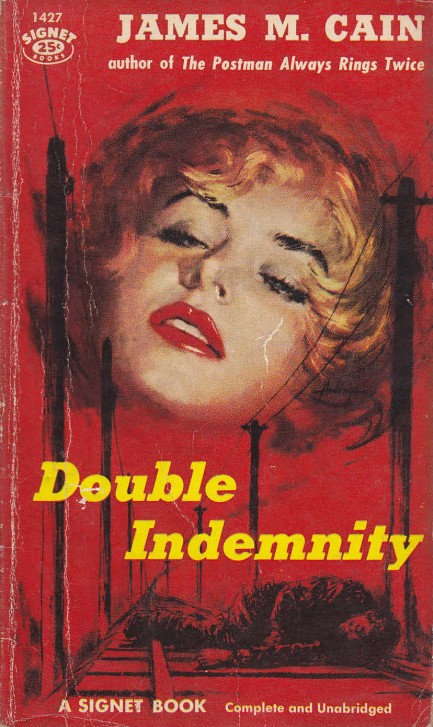
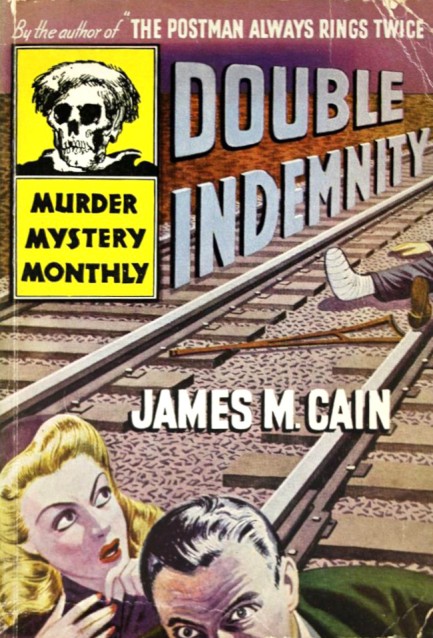
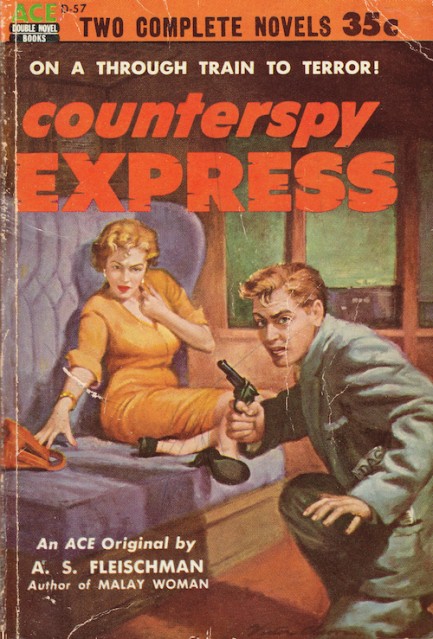
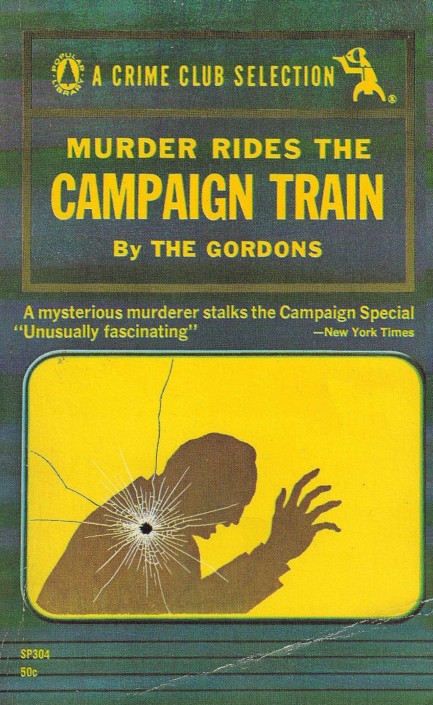
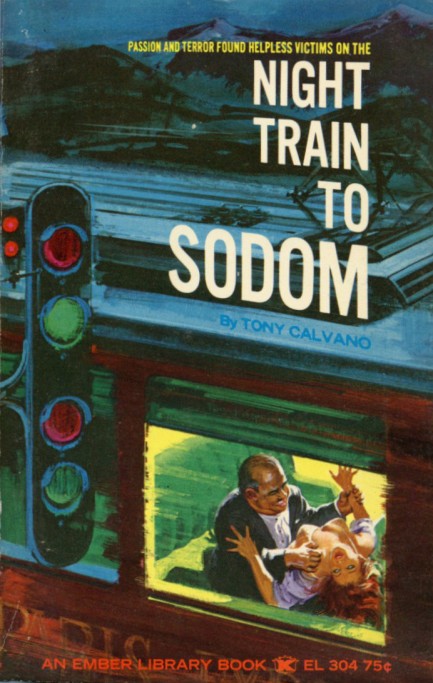
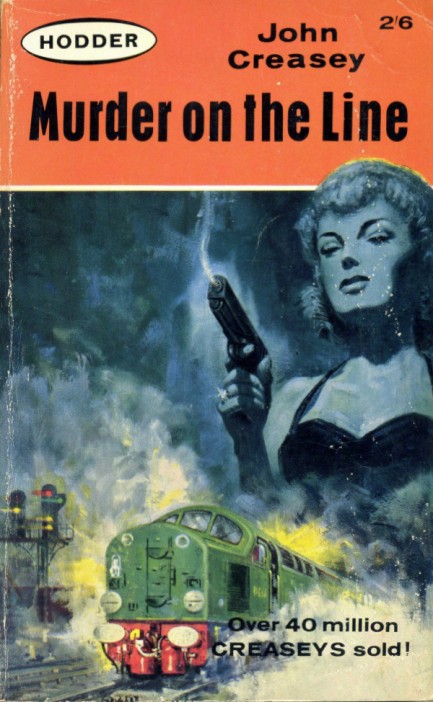
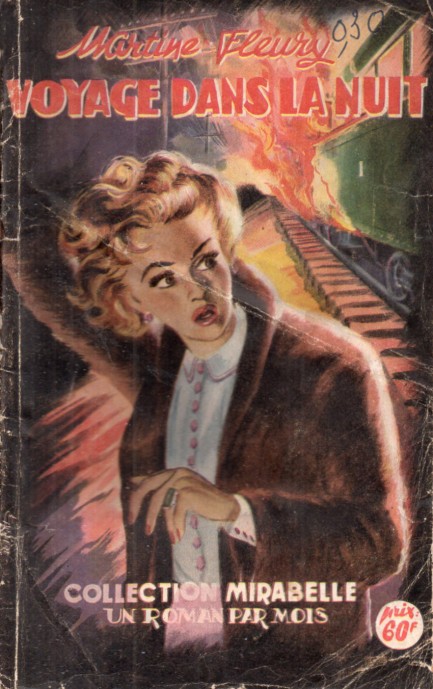
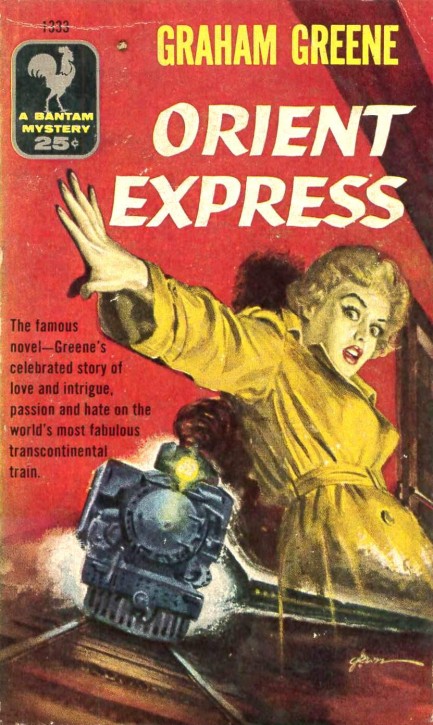
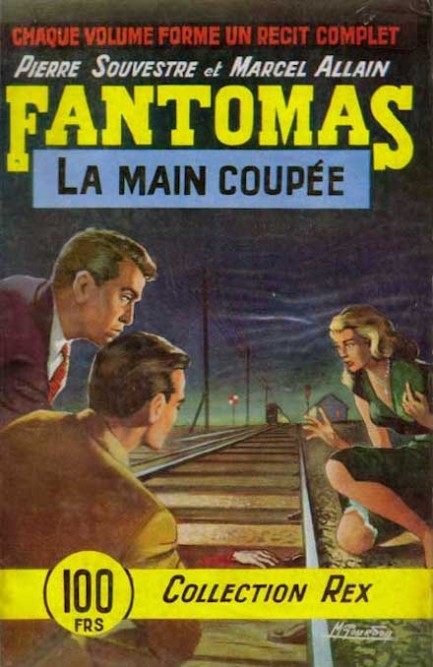
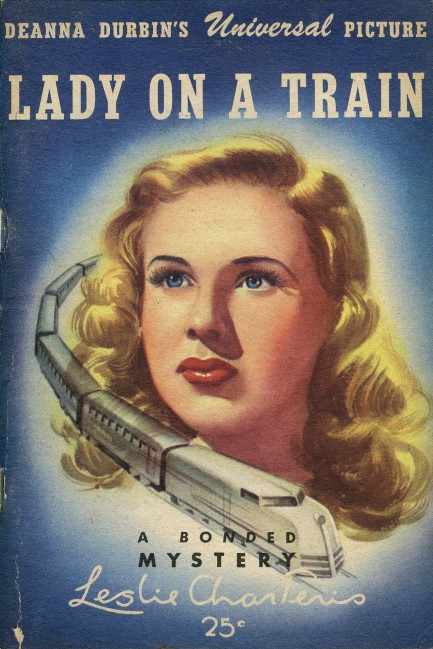

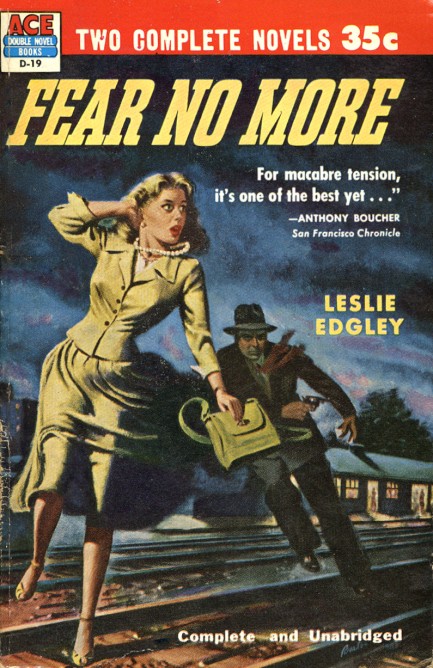
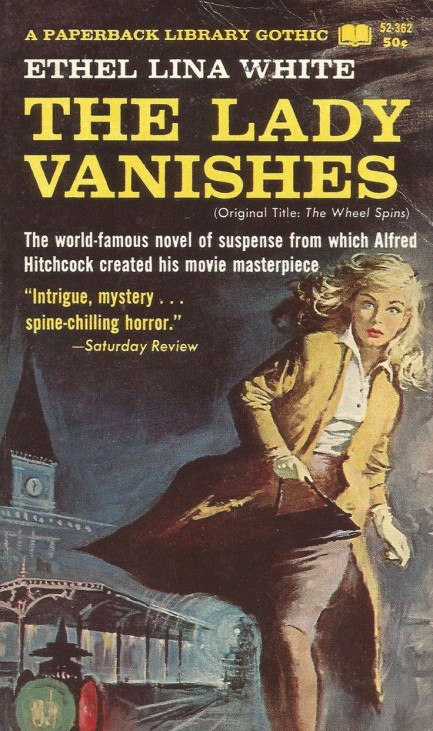
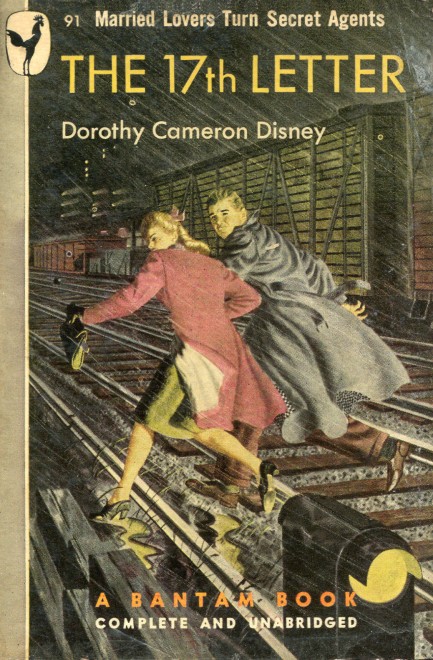
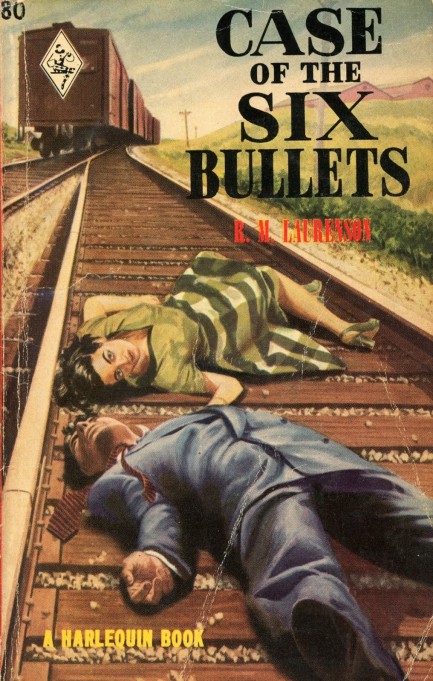
| Vintage Pulp | Nov 1 2021 |

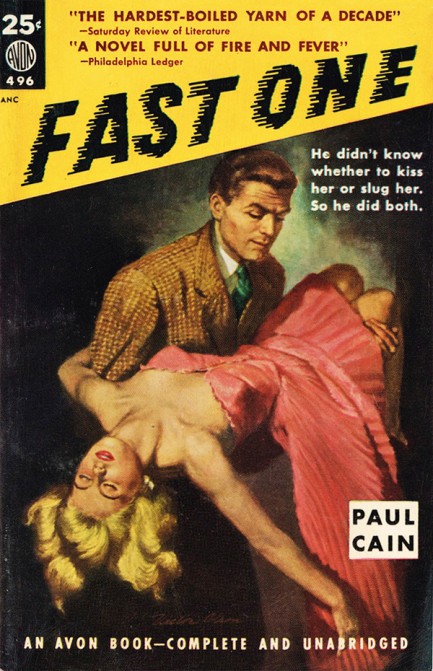
This cover for Paul Cain's long neglected but rediscovered pulp classic Fast One fronts the 1952 edition of the book, the second printing, following up the 1948 first paperback edition we showed you a few years ago. This was painted by Victor Olson. The book is interesting, well worth a read, as we describe at this link.
| Vintage Pulp | Oct 27 2021 |

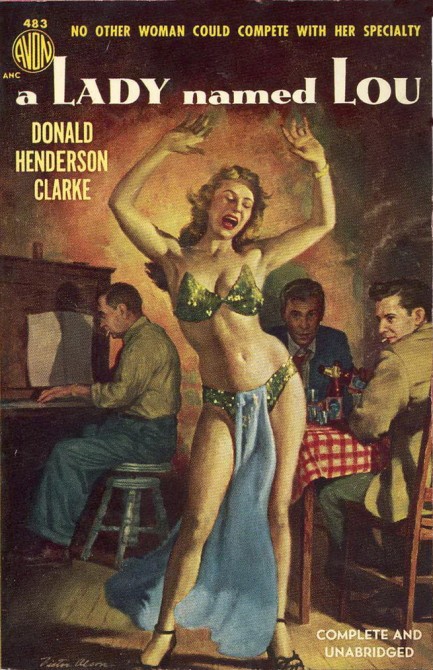
This is an interesting nightclub style cover painted by Victor Olson for Donald Henderson Clarke's A Lady Named Lou. It would be amazing if it were actually about an entertainer who began life as a male, like mid-century trailblazers Coccinelle, Abby Sinclair, or Roxanne Alegria (if you've followed Pulp Intl. for a while you know we've written about all three—links supplied). In any case, the book is actually about a woman named, not Louanne or Louis, but Lulu Finn, who tries to make it big but marries a racketeer and gets into heaps of trouble. The cover blurb makes reference to her specialty, and you may be wondering what that is. Lulu has that intangible quality that makes people believe she can dance brilliantly, though she can't, and sing like a thrush, though she's average at best, and converse like a great wit, though she's not that bright. In short, Lulu is a woman who manages to fail upward, but—unlike in the hundreds of real world examples out there—only for a while before it falls apart. This was originally published in 1946 in hardback, with this Avon paperback coming in 1952.
| Vintage Pulp | Aug 31 2021 |

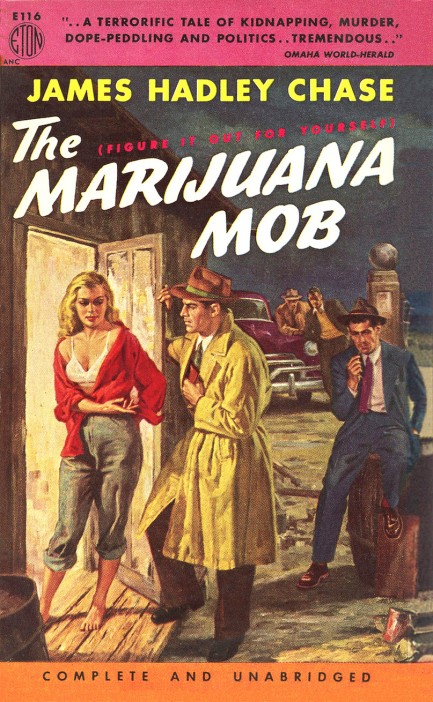
The Marijuana Mob, originally published as Figure It Out for Yourself, is another Orchid City caper from James Hadley Chase starring franchise tough guy Vic Malloy, his sidekick Kerman, and of course Paula Bensinger, his girl Friday—because you're not a real detective until you have a sizzling hot office assistant who reluctantly plays the spinster while you romance femmes fatales. Malloy runs a fixer agency called Universal Services, and this time the gig is to help a society woman pay a kidnapping ransom. Secondarily, he also tries to extricate a gambler acquaintance from a frame for murder. Drug dealers do feature prominently in the plot, but there are also many other layers and players. This tale isn't quite on the level of You're Lonely When You're Dead, in our opinion, but it's colorful and surprising. 1952 copyright, with art by Victor Olson.
| Vintage Pulp | Apr 22 2021 |

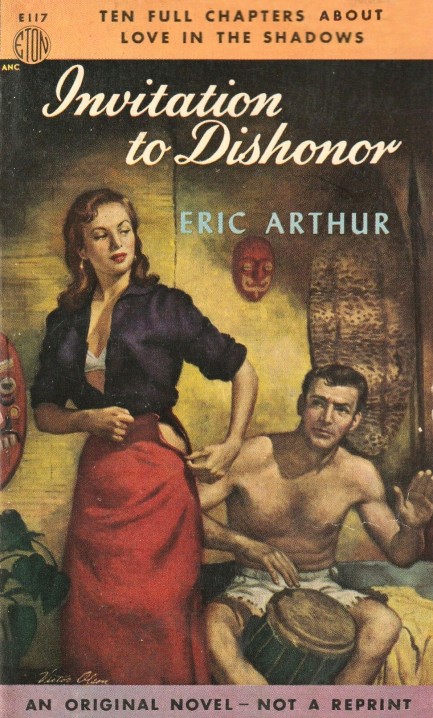
Above, a Victor Olson cover for Eric Arthur's Invitation to Dishonor, 1952 from Eton Books. We probably should buy this while it's still available. From the rear cover: Her apartment, filled with weird voodoo masks and drums, was the tip-off. She gloried in the movements of her near-naked body while I played drum-rhythms for her. You can't go wrong with voodoo in mid-century literature.
| Vintage Pulp | Apr 20 2018 |

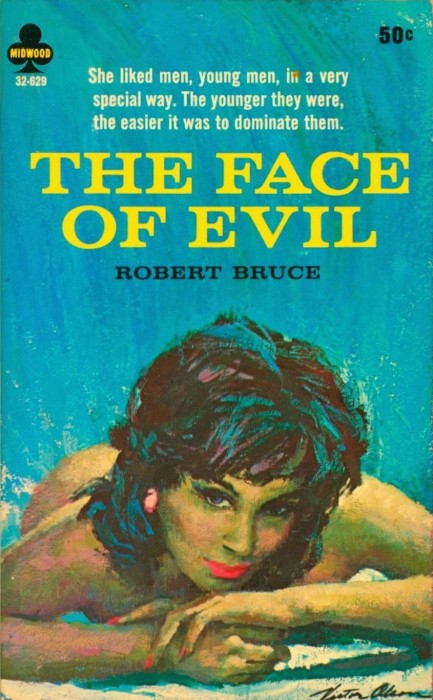
Reliable old Midwood graces Robert Bruce's sleaze drama The Face of Evil with a nice piece of Victor Olson art. Though it would be funny if the book were about a woman's tattoo mistake, it actually concerns a rich widow named Marguerite who serially dominates and destroys men. Olson's work on her hair, with its turquoise and violet streaks, requires a second glance to really appreciate. It's copyright 1966
| Vintage Pulp | Dec 6 2017 |

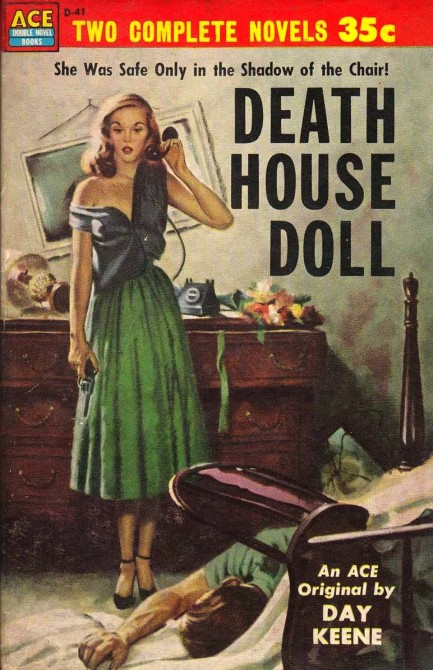
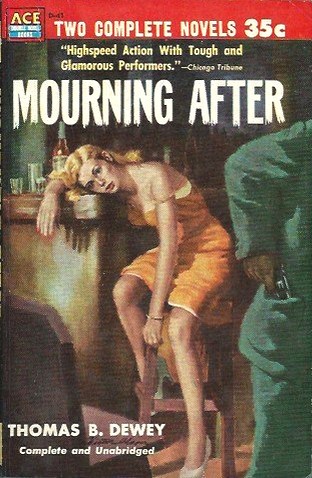 Above, a nice cover for Day Keene's 1954 thriller Death House Doll, with excellent art credited to Bernard Barton, who's aka Harry Barton (Bernard was his middle name). In the story, a Korean War vet has promised his fatally wounded brother he'd look after his wife and baby daughter, but when he gets back to the world (Chicago) he's stunned to find that she's sitting on death row for murder, and unwilling to spill the truth even if it saves her. The attraction with this one is watching a decorated war hero run riot on hoods and thieves, while up against the always effective ticking clock gimmick—an execution date, which in this case is five days hence. The book was an Ace Double with Thomas B. Dewey's Mourning After on the flipside, and the art on that one, just above, is by Victor Olson. We put together a nice collection of Harry Barton's work back in May that we recommend you visit at this link.
Above, a nice cover for Day Keene's 1954 thriller Death House Doll, with excellent art credited to Bernard Barton, who's aka Harry Barton (Bernard was his middle name). In the story, a Korean War vet has promised his fatally wounded brother he'd look after his wife and baby daughter, but when he gets back to the world (Chicago) he's stunned to find that she's sitting on death row for murder, and unwilling to spill the truth even if it saves her. The attraction with this one is watching a decorated war hero run riot on hoods and thieves, while up against the always effective ticking clock gimmick—an execution date, which in this case is five days hence. The book was an Ace Double with Thomas B. Dewey's Mourning After on the flipside, and the art on that one, just above, is by Victor Olson. We put together a nice collection of Harry Barton's work back in May that we recommend you visit at this link.
| Vintage Pulp | Aug 12 2016 |

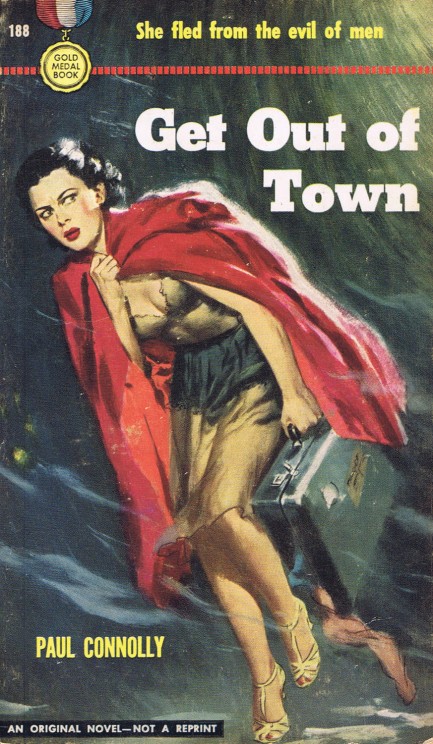
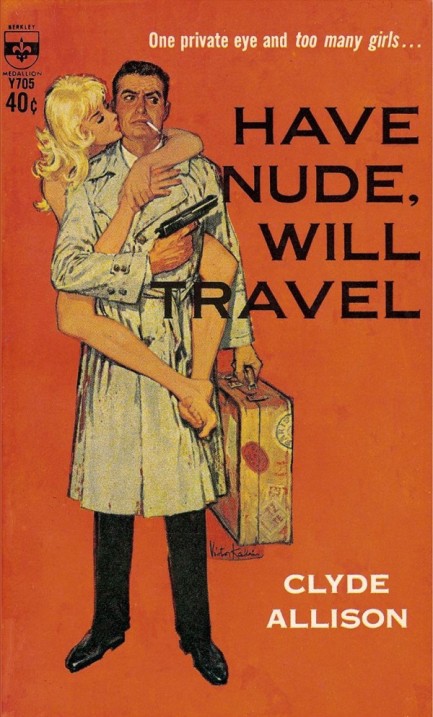
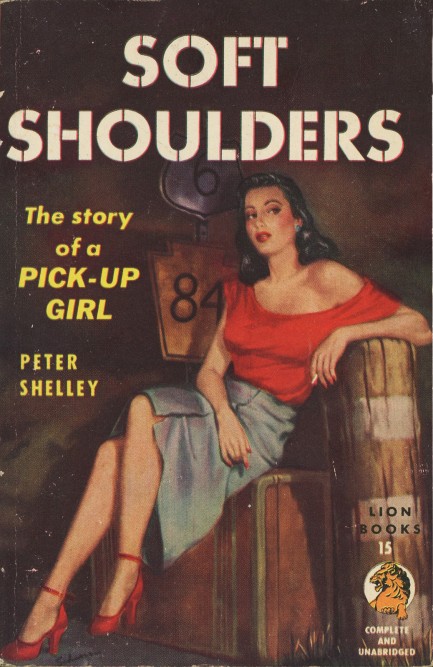
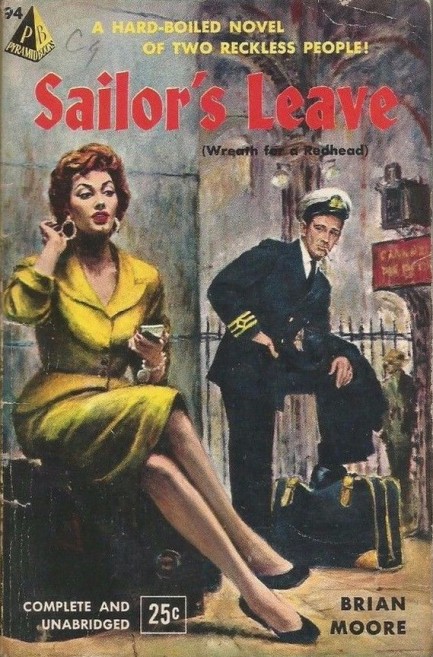
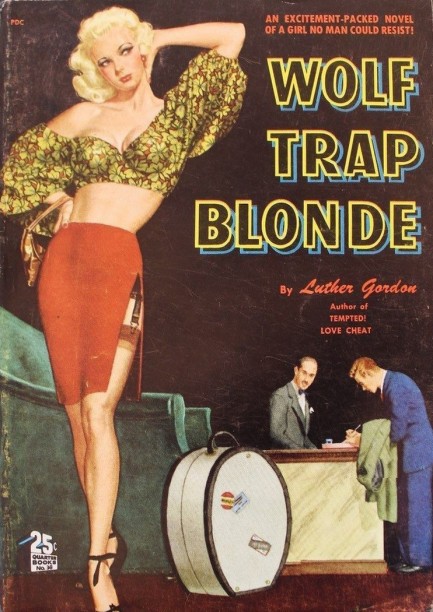
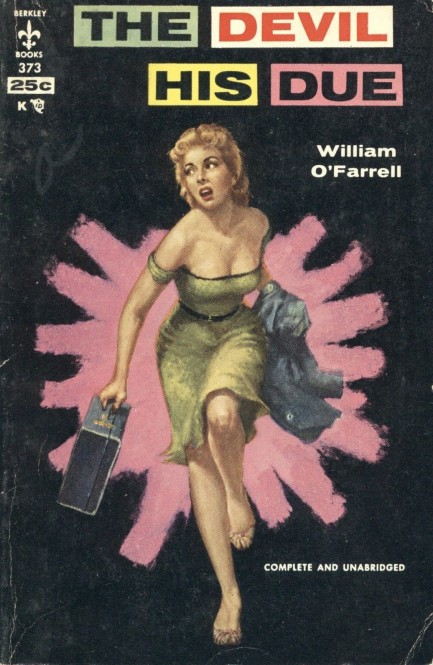
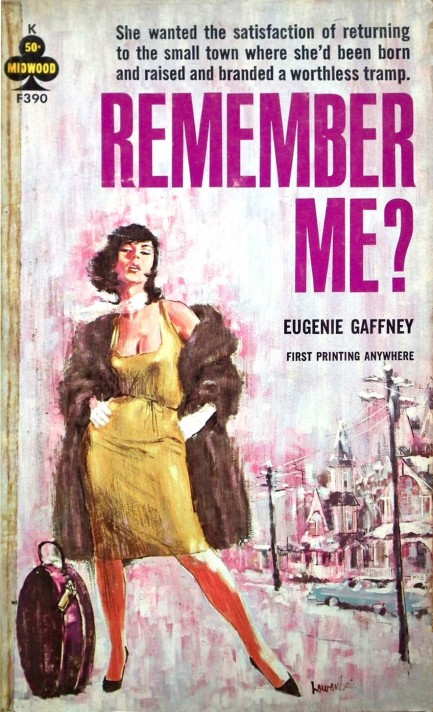
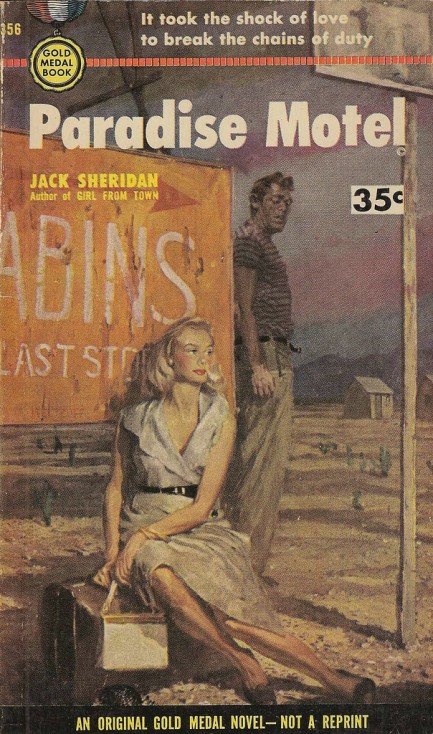
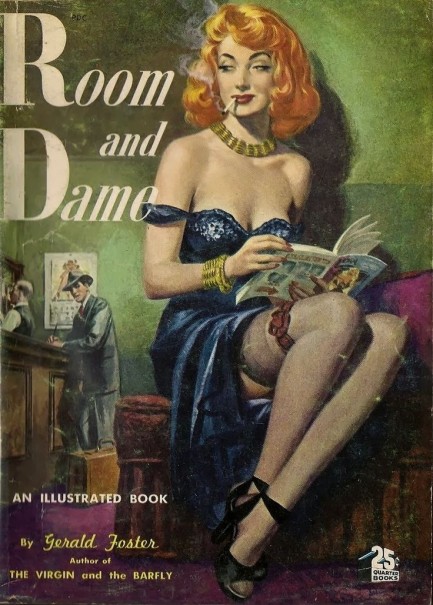
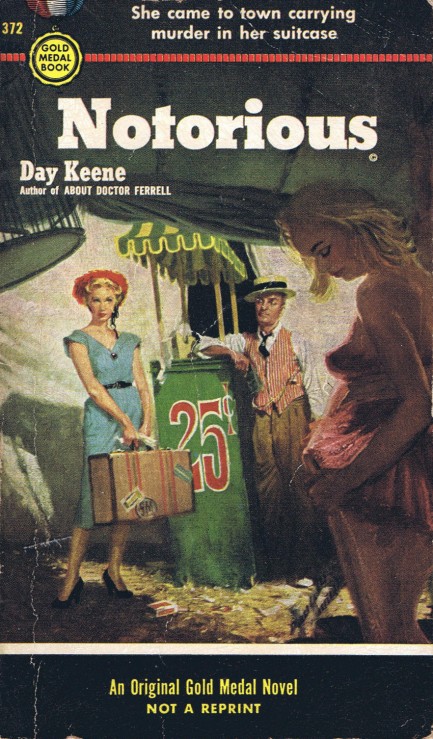
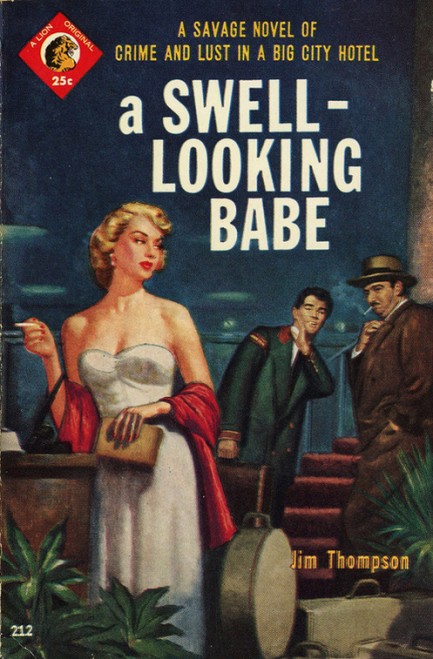
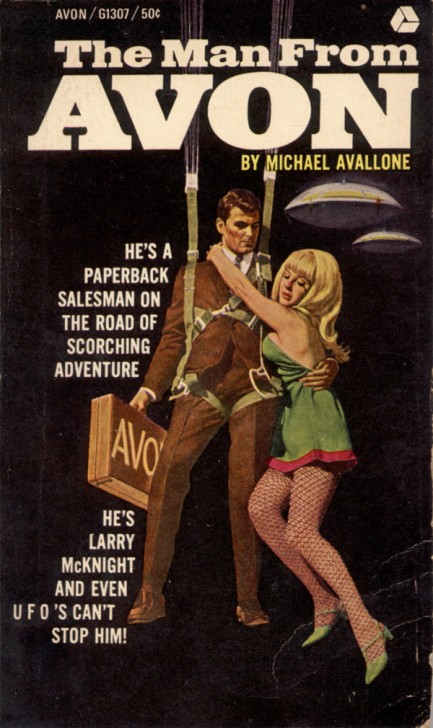
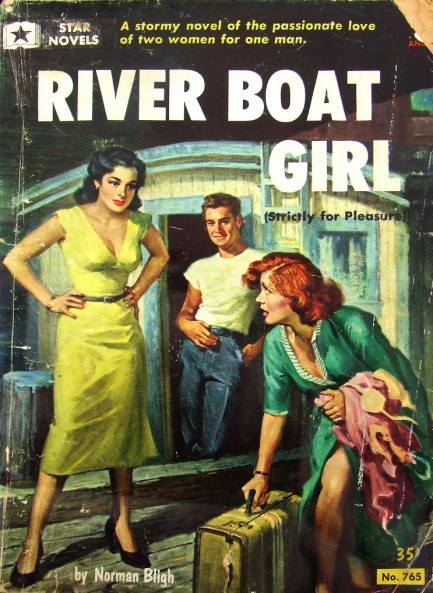
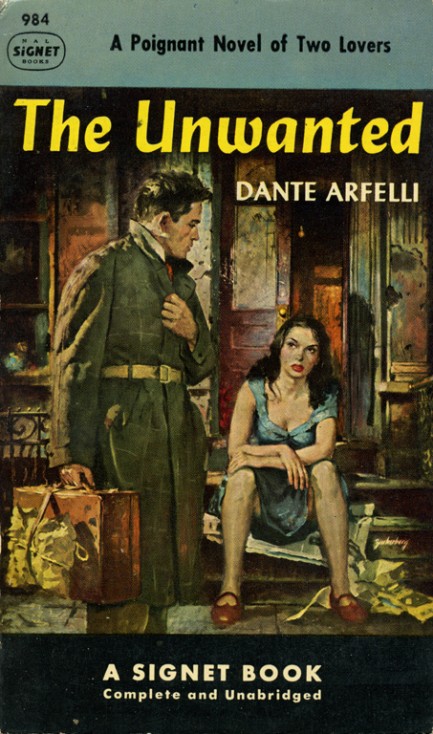
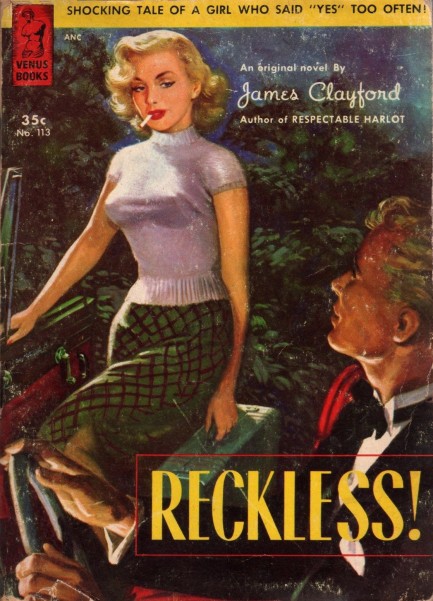
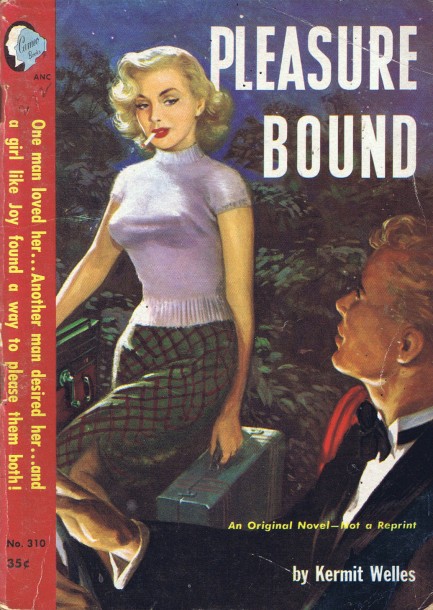
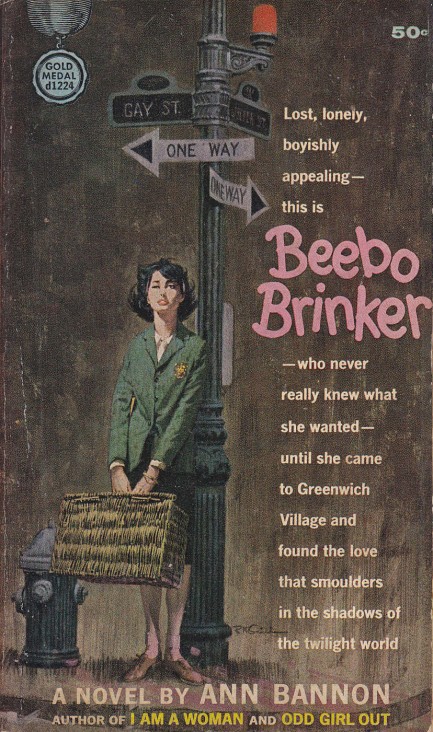
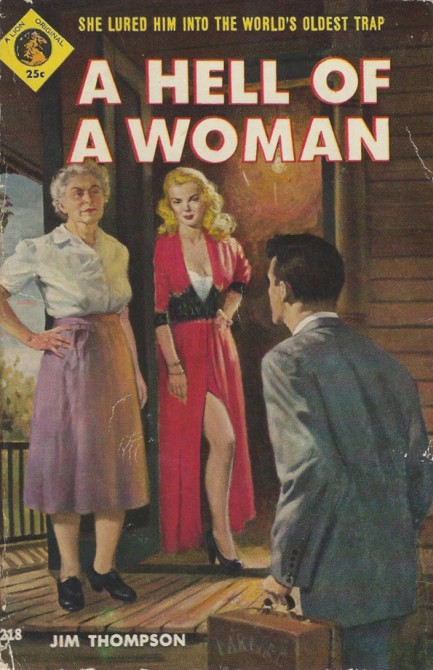
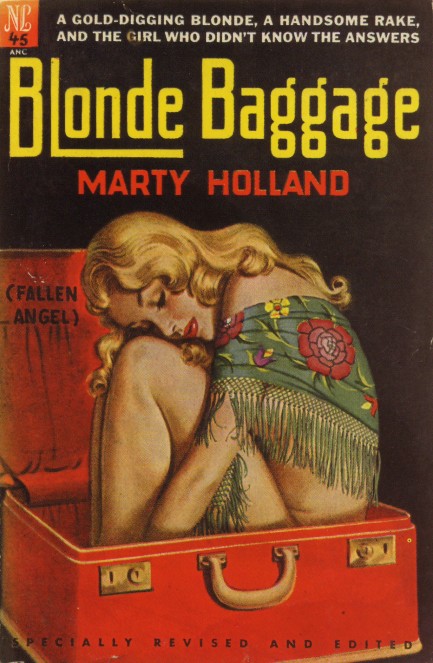
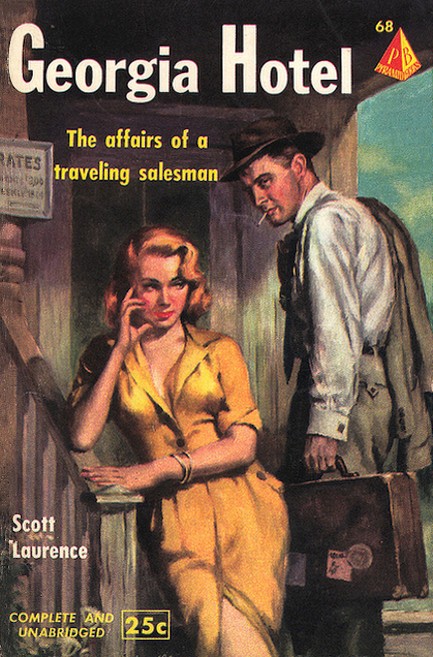
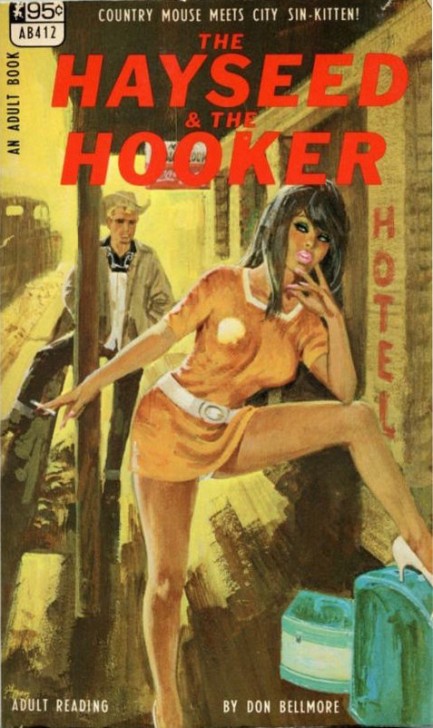
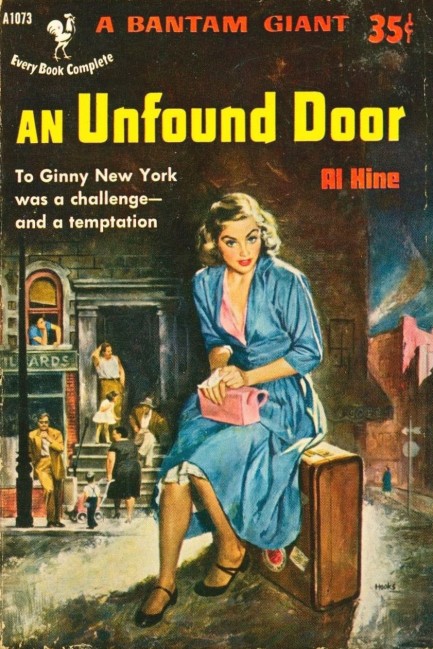
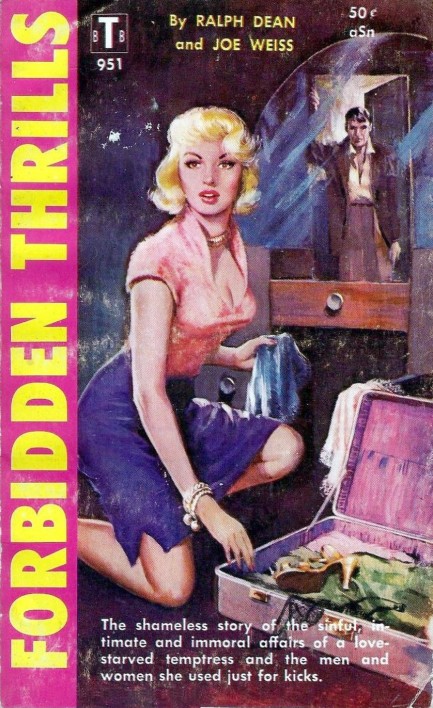
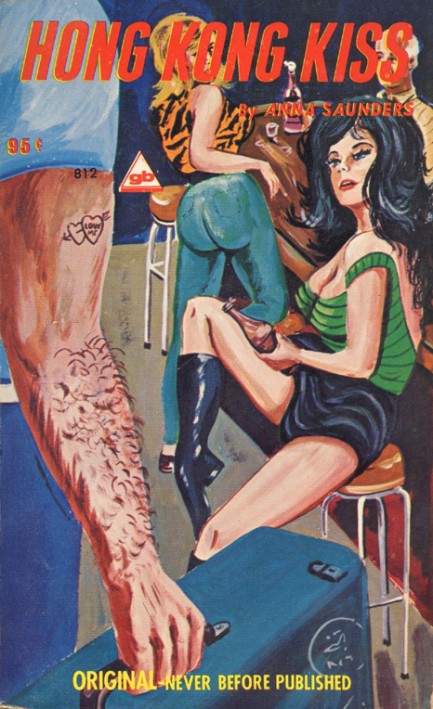
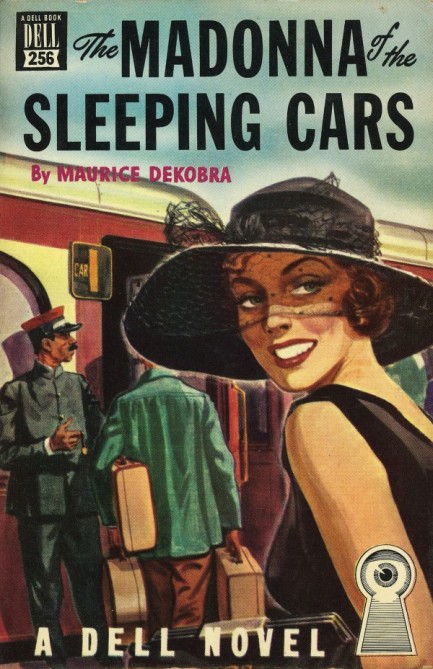
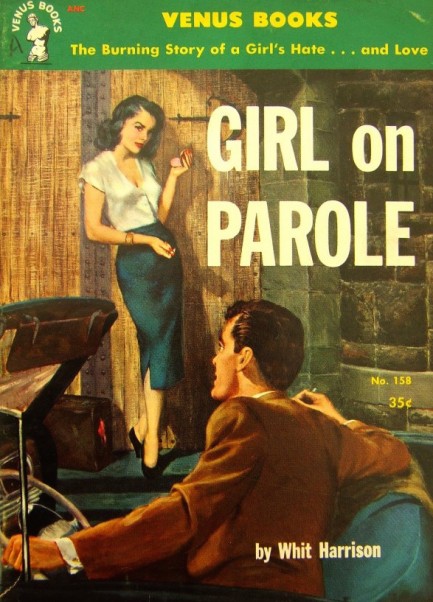
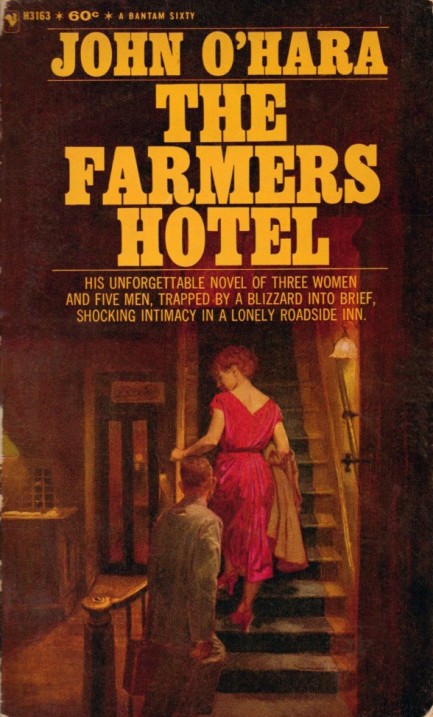
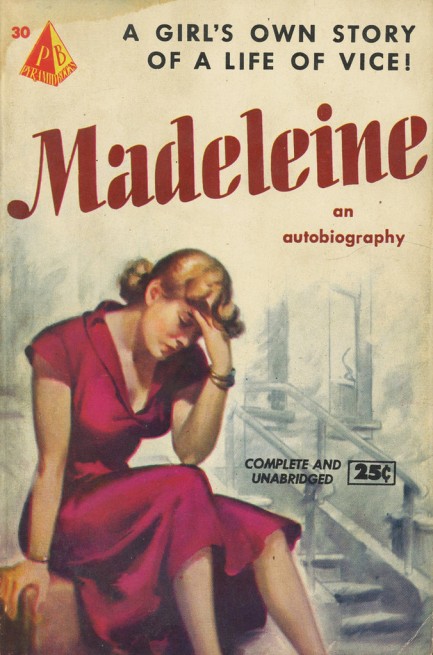
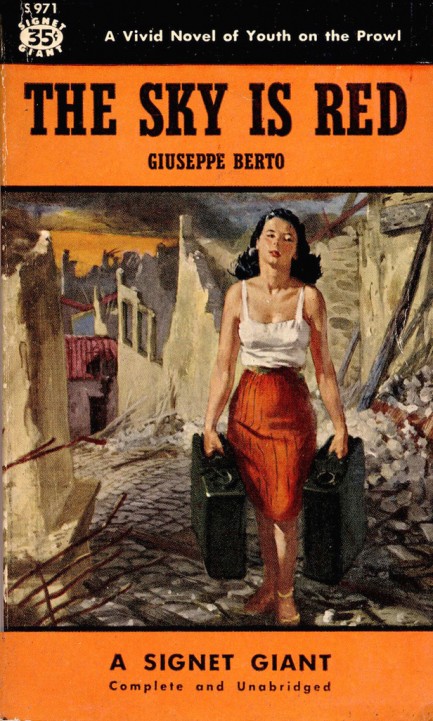
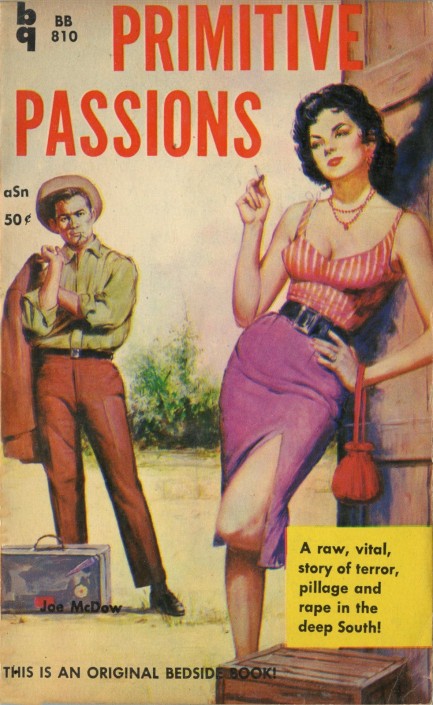
| Vintage Pulp | Dec 9 2015 |

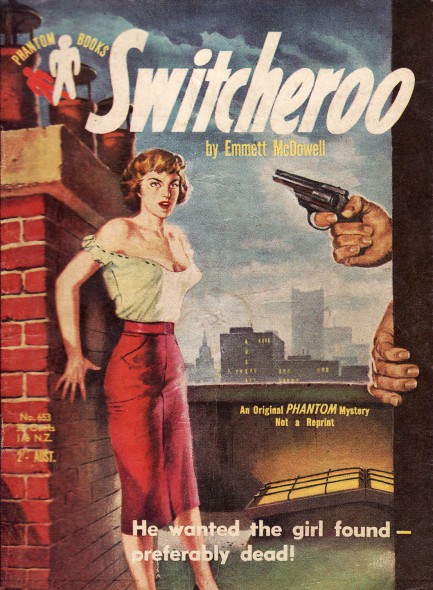
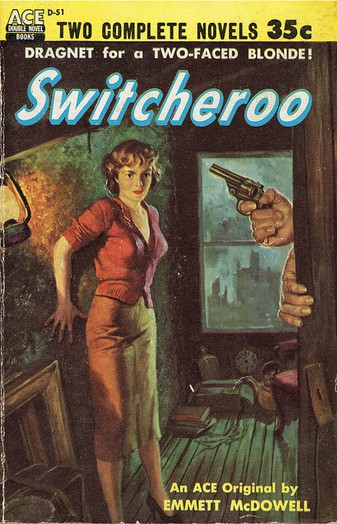 Switcheroo is a detective yarn set in the unlikely locale of Louisville, Kentucky, but since author Emmett McDowell lived there most of his life, it’s no surprise. Nearly all his writing featured Kentucky in some form, and he even branched out into non-fiction and wrote a Civil War history of Louisville. Switcheroo was his first book, and originally appeared in 1954 as one half of an Ace Double, with Lawrence Treat’s Over the Edge on the flipside. The edition you see above is from the Australian imprint Phantom Books and was published in 1955. Basically, low rent detective Jaimie McRae is hired to locate a missing woman. All the usual benchmarks are there—unhelpful cops, a hot secretary and girl Friday, and unexpected developments. It earned lukewarm reviews all the way around. The uncredited art for Phantom closely resembles the original Victor Olson art for the Ace Double edition, which you see above and right, but we doubt Olson had a hand in the rooftop makeover.
Switcheroo is a detective yarn set in the unlikely locale of Louisville, Kentucky, but since author Emmett McDowell lived there most of his life, it’s no surprise. Nearly all his writing featured Kentucky in some form, and he even branched out into non-fiction and wrote a Civil War history of Louisville. Switcheroo was his first book, and originally appeared in 1954 as one half of an Ace Double, with Lawrence Treat’s Over the Edge on the flipside. The edition you see above is from the Australian imprint Phantom Books and was published in 1955. Basically, low rent detective Jaimie McRae is hired to locate a missing woman. All the usual benchmarks are there—unhelpful cops, a hot secretary and girl Friday, and unexpected developments. It earned lukewarm reviews all the way around. The uncredited art for Phantom closely resembles the original Victor Olson art for the Ace Double edition, which you see above and right, but we doubt Olson had a hand in the rooftop makeover. 




































































